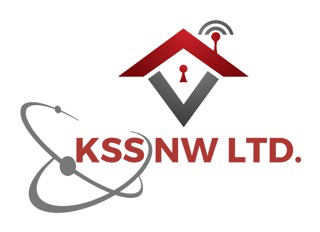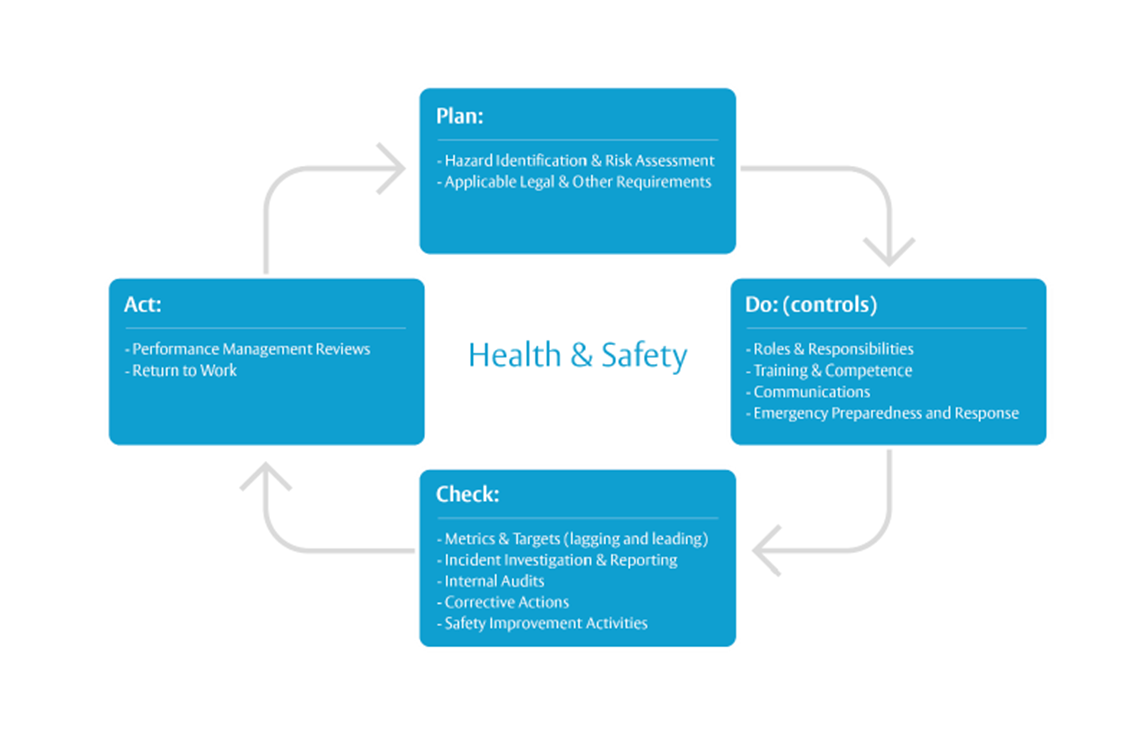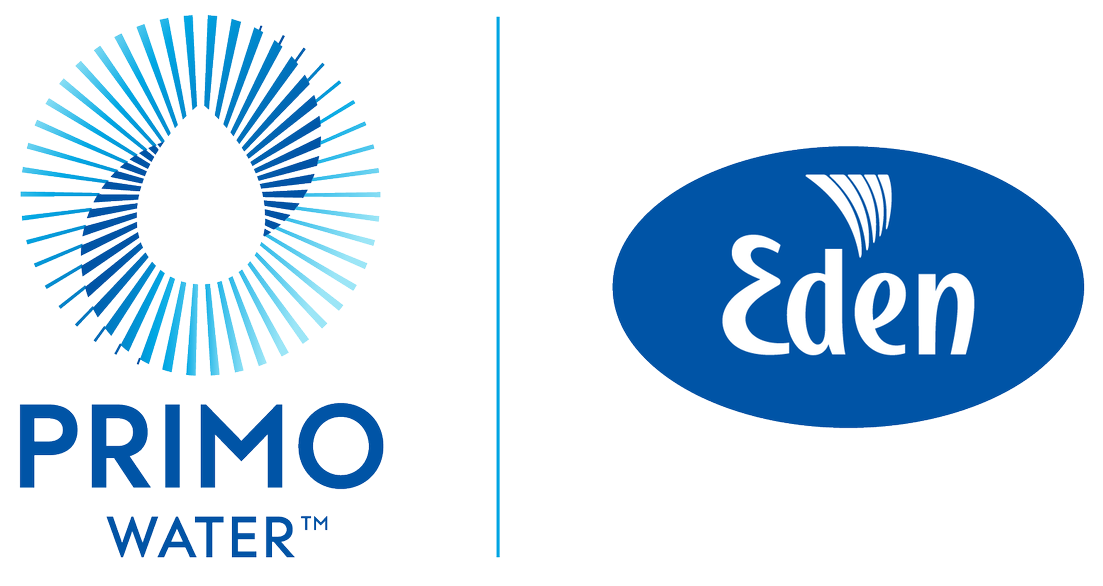Information
-
Document No.
-
Client / Site
-
Conducted on
-
Location
-
Conducted by
-
Site Contact Person(s)
Workplace Inspection Procedure
-
1. Purpose
The purpose of Work Place Inspection’s is to ensure all work areas are kept free from hazards or potential hazards that may lead to incident, illness, near miss, property damage or adverse environmental impact. -
2. Scope
This procedure applies to all staff and personnel at the workplace under the management of our clients -
3. Responsibility & Authority
The inspection team consisting of the H&S Consultant, LP Supervisors, or nominees are responsible for ensuring Work Place Inspections are conducted. The overall responsibility to ensure relevant action points and control measures are implemented lies with the Warehouse Manager. -
4. Procedure
Work Place Audit will be conducted on an annual basis using the inspection checklist.
The Audit team should have access to the previous Audit checklist, to ensure that previously identified items have been closed out or are not re-emerging as potential hazards.
The Audit team must ensure that all personnel performing tasks or who work in the area being inspected are involved in the inspection process. The level of involvement may vary in different work areas.
The team should ensure that a record of all personnel involved in the inspection process is maintained. -
5. Person responsible for the corrective action
The inspection team is responsible for the implementation of the corrective action or the escalation of the corrective action.
Where a corrective action is escalated, the Facilities and Warehouse Manager must:
• Ensure that a suitable person responsible for the corrective action is identified; and
• Contact the person to advise them of the recommended corrective action. -
6. Workplace inspection record keeping
The Facilities Manager in conjunction with the HSC, must ensure workplace inspection checklists are retained and corrective actions are closed out. This will include:
• ensuring that corrective actions are followed through and closed out; and
• maintaining an auditable system that demonstrates corrective actions have been closed out.
This will be achieved through:
• HSC meeting minutes; or
• recording on the workplace inspection checklist -
7. Measuring the effectiveness of Hazard Controls
The auditor will submit a copy of the audit report to the Operations Director and Facilities Manager to establish whether or not outcomes have been achieved and if any further controls need to be implemented.
Health and Safety Audit
External work place Conditions
-
Is the condition of the external paths, walkways, car parks etc free of slip, trip or fall hazards
-
Smoking areas free from significant hazard
-
External lighting suitable and sufficient
Health, Safety and Environment Policy
-
Is an up to date Health, Safety and Environment Policy available and on display
-
Is the policy document signed by the current CEO
Risk Assessment and Training
-
Have all relevant risk assessments been completed and reviewed on the site.
-
Are the relevant and identified control measures being implemented and actioned.
-
Have all risks assessments been communicated to staff
-
Have all staff received a site induction and are these recorded and retained for review.
-
Have relevant tool box talks been communicated to staff, as per company guidelines.
Internal General Work Environment
-
Are floors in good condition, free from slip trip hazards
-
Are walkways clean and free from slip trip hazards
-
Is floor cleaning equipment readily available for clearing spillages. Wet floor signs available.
-
Are work stations organised that allows user to operate safely
-
Are operators following Warehouse traffic flow
-
Are temperatures within the warehouse acceptable
-
Is internal lighting suitable and sufficient
-
Is the site free of significant defects that might cause a risk to persons on site ie: Fixtures/fittings. Leaks. Loose doors, poor lighting etc
-
Is there a process in place to report defects / risks / hazards etc
Control of Visitors and Contractors
-
Have all Visitors and Contractors booked in at Reception / Security
-
Are all Visitors and Contractors wearing Hi Vis and safety shoes and relevant PPE
-
Are contractors booked on site prior to attendance subject to relevant Permit to work
-
Are Contractors and Visitors made aware of the site rules, including Evacuation procedures, prior to entering or commencing any work
Fire, Electrical and Emergency Provisions
-
Are fire exits clear of obstructions - Inside and outside.
-
Can All fire escape doors be easily opened. Check 2
-
Internal Fire doors kept closed and in good repair
-
Are fire extinguishers kept free from obstruction, in their correct storage location, undamaged, fully laden and in date
-
Has the weekly fire test been completed and recorded.
-
Are fire alarm call points free from obstruction
-
Fire drills conducted every 6 months and recorded
-
Emergency Evacuation procedures and Fire Assembly points clearly publicised.
-
Monthly Emergency Lighting check conducted and recorded.
-
Is there an up to date Fire Risk Assessment in place and reviewed regularly
-
Has a 5 year fixed wiring test been completed and recorded
-
Has PAT been completed and recorded.
PPE
-
Hi vis vest been worn by all staff
-
Safety Shoes worn by all staff
-
Where necessary is appropriate PPE available and in good condition,
-
Is PPE signed for, when allocated?
Manual & Mechanical Handling
-
Are good manual handling techniques being observed
-
Are manual handling aids being used as provided for
-
Is there any lifting above shoulder height being observed
-
Have all staff received relevant induction training
-
Goods stored in a manner whereby safe manual handling techniques can be adhered to?
Equipment / Machinery & Working at Height
-
Is all equipment in good working order
-
Are all electrical sockets in good order
-
Are their any trailing or damaged cables
-
Are there any sharp edges on equipment, fixtures etc
-
Have all pre-start checks been completed (FLT)
-
Are there any ladders/step ladders inspected on a regular basis and inspection records kept up to date
-
Are working at height regulations being adhered to
-
Are ladders / steps / platforms inspected on a mon they basis and checks recorded.
-
If in use are ladders / steps / platforms numbered and recorded
Hazardous substances - (COSHH)
-
Are substances stored inside the Hazardous storage area?
-
Only authorised chemicals and substances being used?
-
Are suitable and sufficient risk assessments in place for all chemicals and substances used and relevant control measures detailed being implemented.
Facilities
-
Is there good general illumination, any missing or faulty loading bay lamps
-
Are washing facility areas kept clean and acceptable, with adequate cleaning and washing materials.
-
Break room kept clean and free from rubbish and dirty dishes
Traffic Control
-
Are there clearly defined and marked FLT / vehicle / pedestrian routes to separate and minimise risk of collision.
-
Are FLT users following the guidelines and are speeds restricted
-
Are FLT users, sounding the horns to warn pedestrian workers.
-
Are spill kits bailable at FLT charging stations
Racking & General Storage
-
Racking system secure & undamaged
-
Base protection in place & undamaged
-
Loading signs in place and being observed
-
Pallets stable and secure
-
Empty pallets stacked securely and stable
-
Damaged racking isolated and warning signs in place
-
Bin location in good condition
-
Is the warehouse clear of overhanging pallets / shelving, where staff could strike their heads
Delivery & Despatch Vehicle Control Measure
-
Are vehicle keys surrendered prior to any work being undertaken by warehouse staff
-
Are sufficient wheel chocks and padlocks available
-
Are wheel chocks in use, as per company SSOW instructions
-
Are trailer Air Intake locks in use as per SSOW instructions
-
Are vehicles with attached tractor units / vans, surrendering the vehicle keys as per SSOW instructions
-
Have staff working in this area received the relevant training
-
Are the checklists in use at Intake and despatch
-
Are the Goods in / out areas free of accidents / near miss incidents, caused by delivery vehicle control failures or non adherence.
Accident Reporting and Investigation
-
Number of reported accidents in the previous 12 week period
-
Number of near miss incidents in the previous 12 week period
-
Have all accidents / near miss incidents been fully investigated and any identified risks controlled.
-
Are accident statistics recorded and reviewed and analysed regularly to identify trends and root cause
First Aid provisions
-
Are there adequate trained first Aid personnel, to cover all shift patterns / annual leave and sickness
-
Adequate First Aid boxes and equipment within the site
-
Are First Aid stations clearly visible and accessible.
Consultation and Staff Involvement
-
Are regular HS committee meetings (staff and Management) conducted.
-
Are minutes of the HS committee meetings recorded
-
Are any facilities in place to encourage suggestions for the improvement of Health and Safety and to encourage a positive HS culture.
-
Has the company achieved or embarked on any recognised HS standards are awards.
COVID-19
-
Is there a clear COVID - 19 policy in place
-
Are social distancing guidelines being adhered to
-
Are there clear segregation and route markings to maintain social distancing
-
Is there clear evidence of touch point sanitising
-
Has risk assessment been completed for CIVID-19
Final Sign Off and Actions
-
Action Points to be completed.
-
Date completed
-
Site Management / Site Contact
-
H&S Consultant / Auditor












